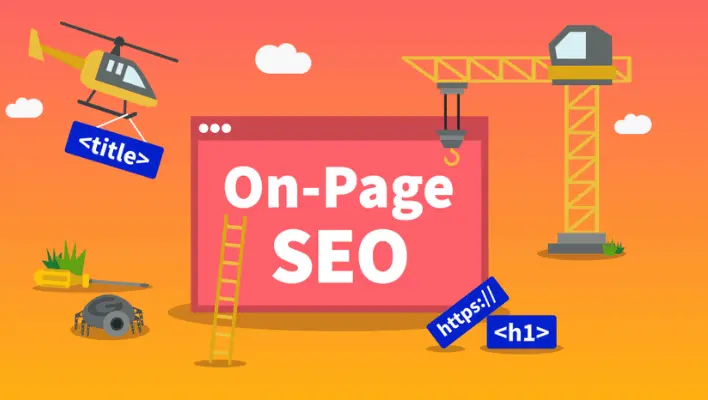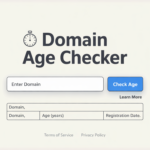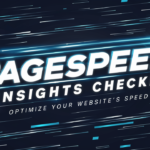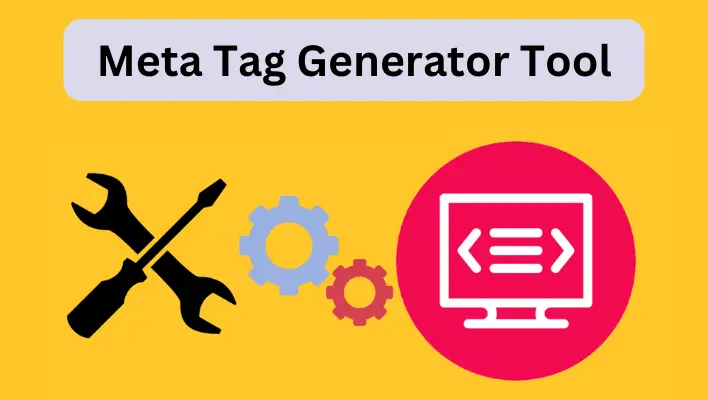How to Do On-Page SEO for a Website That Needs to Be Optimized for SEO
When it comes to boosting your website’s search engine visibility, implementing effective on-page SEO (Search Engine Optimization) strategies is crucial. On-page SEO involves optimizing various elements directly on your website to make it more search engine-friendly and user-friendly.
In this blog post, we will explore essential on-page SEO techniques that will help your website climb the ranks and attract organic traffic.
Contents
Conduct Keyword Research
Begin by researching relevant keywords related to your website’s content and target audience. Use keyword research tools to identify high-volume and low-competition keywords that you can incorporate into your content. Focus on long-tail keywords, as they often have more targeted traffic and less competition.
Optimize Page Titles and Meta Descriptions
Craft compelling and descriptive page titles that include your primary keyword. Keep them under 70 characters to ensure they display properly in search results. Additionally, write engaging meta descriptions (around 150-160 characters) that entice users to click through to your website.
Create High-Quality Content
Content is king in the world of SEO. Produce informative, relevant, and engaging content that addresses the needs and interests of your target audience. Incorporate your chosen keywords naturally throughout the content, but avoid keyword stuffing, as it can negatively impact your SEO efforts.
Utilize Proper Heading Tags
Organize your content using heading tags (H1, H2, H3, etc.) to structure the information clearly. Use the H1 tag for the main title of the page and H2, H3, and so on for subheadings. This not only enhances the readability for users but also helps search engines understand the hierarchy of your content.
Optimize URL Structures
Craft SEO-friendly URLs that include relevant keywords and accurately describe the page’s content. Keep URLs short and avoid using special characters or symbols. A clear and concise URL structure makes it easier for both users and search engines to navigate your website.
Image Optimization
Images play a significant role in user experience and SEO. Compress image files to reduce loading times and add relevant alt text for each image, using descriptive keywords. This enables search engines to understand the image content and improves accessibility for visually impaired users.
Internal Linking
Strategically interlink your website’s pages to create a coherent site structure. Internal linking helps distribute link authority across the website, making it easier for search engines to index your pages. It also encourages visitors to explore more content on your site, increasing their engagement.
Mobile-Friendly Design
Ensure your website is fully responsive and mobile-friendly. With more users accessing the internet through mobile devices, Google prioritizes mobile-friendly sites in search results. A responsive design not only improves SEO but also enhances user experience across all devices.
Page Loading Speed
Page speed is a critical factor in SEO and user experience. Optimize your website’s loading speed by minimizing HTTP requests, enabling browser caching, and using compressed images and CSS files. Faster-loading pages result in higher user satisfaction and better search engine rankings.
Monitor and Analyze
Regularly monitor your website’s performance using SEO analytics tools. Analyze user behavior, traffic sources, and keyword rankings. Use this data to identify areas for improvement and adjust your on-page SEO strategies accordingly.
By implementing these on-page SEO techniques, you can lay a strong foundation for better search engine visibility and user engagement. Remember, SEO is an ongoing process, and staying up-to-date with the latest trends and algorithm changes will help you maintain a competitive edge in the digital landscape.



















